
Hard Sayings of the Bible
Bible Language by
Walter C Kaiser
Hard Sayings of the Bible is the handy reference book you need. Here you will find explanations of over five hundred of the most troubling verses to test the minds and hearts of Bible readers. Four seasoned scholars, all with a notable gift for communicating with people in the pew, take you behind the scenes to find succinct solutions to a wide variety of Bible difficulties, ranging from discrepancies about numbers to questions about God’s justice.
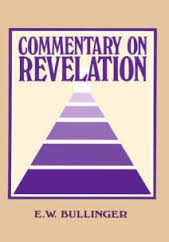
The Apocalypse
Commentary on Revelation by
Dr E.W. Bullinger
“The Apocalypse;Greed, terrorism, and simple bad luck conspire to bring mankind to its knees as a viral infection spreads out of control, reducing those infected to undead horrors that feed upon the rest.
It’s a time of misery and death for most, however there are some who are lucky, some who are ruthless, and some who are just too damned tough to go down without a fight. This is their story.
What the readers say about the #1 Amazon thriller: The Apocalypse:
“”No frills, just raw and earnest fear.”” David Powel, author
“”The characters have depth, and meaning.

The Last Days – A Literal Interpretation
Excellent Exposition of Revelation by
Various
We have been acquainted on what to possibly happen during the last days – referring to the Second Coming of Christ, but our inquisitiveness makes us eager to know and discover more.
The Last Days – A Literal Interpretation allows the reader to have profound understanding on the various end-time prophecies including the Revelation’s Order of Events that will lead to the Coming of Jesus. The book explains well different interpretations from the most popular to almost unknown. It entirely corresponds to our interest to find out details to the Final Resurrection and Judgment Day. This book aims to give us honest and useful Biblical explanation.
As a reader, may we find answers to our questions regarding the end-time prophecies and may we all be ready for Him.
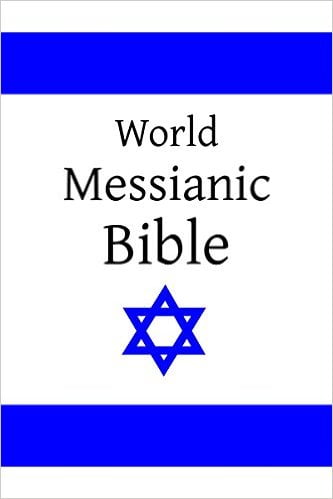
Messianic Bible
Reference by
Various over 2000 years
Description – The bible is its original order – The Law then the Prophets then the Writings was the order Yeshua would have known.
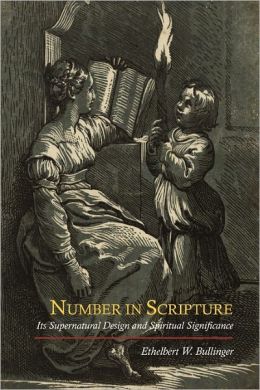
Numbers in Scripture
Reference by
Dr E.W. Bullinger
An invaluable guide to the study of bible numerics. Its two-fold approach to the subject first examines the supernatural design of the Bible; the amazing patterns of numbers and numerical features of the scriptures that give evidence of their designer
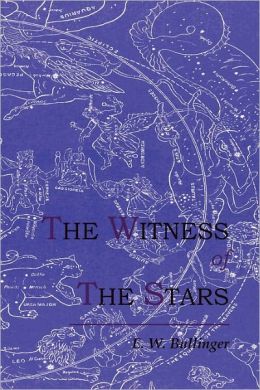
Witness in the Stars
Gospel in Space by
E.W. Bullinger
A wide discovery and understanding of Christianity and Astrology in a book, the Witness in the Stars by E.W. Bullinger is a mixed of biblical and astrological intertwined connection.
It explains the used of some terms like heaven and stars as related to biblical prophecy, arriving at some interesting conclusions. Bullinger successfully presented astrology, celestial charts, and verses from the Bible to make his case for the existence of God’s Word within the movements and configurations of the stars valid. The writer successfully walks the reader orchestrating historic and Biblical evidence to confer the meaning and significance of each sign.
The book as a whole explicates how the constellations manifest the truth in the Bible. It shows how omniscient God in creating everything.
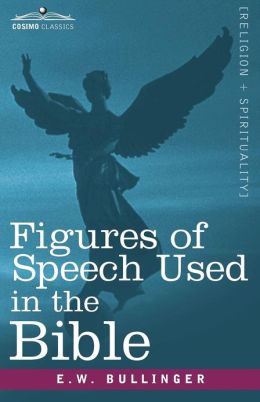
Figures of Speech in the Bible
Hermeneutics by
E.W. Bullinger
E. W. Bullinger uses his expertise in theology to break down phrases, reflecting upon their meaning, use, connotations and applications. Every language has its figures of speech and, understanding Hebrew and Greek phrases are the keys to understanding the Bible. Deciphering the real meaning of important passages of the Bible, E.W. Bullinger systematically organizes the phrases, listing their etymologies, origin and significance by the number of appearances. This Christian classic is ideal of correcting figures of speech, helping its readers to sift through the private interpretations to find the standard. As the book was compiled before electronic tools and computerized searches; it serves as an effective encyclopedia on Bible study and secular literature. It provides scope in speech, idioms and related content. Bullinger provides a detailed explanation of over eight thousand passages from the Bible, making it the best handbook and an invaluable resource tool that should be on every shelf.

Appendixes to Companion Bible
Reference by
E.W. Bullinger
Companion Bible documents early discoveries, decades-old unsolved problems and much-debated questions dating back to dynasties and kings. The Companion Bible establishes Genesis as the central theme, marking it an essential part to understand the foundation of Divine revelation and all forms of truth. E.W. Bullinger was a long time Swiss reformer whose notes largely depend upon numerous sources of bible study, focusing on the archaeological and linguistic discoveries in the late nineteenth century. The book includes maps, proper names, timelines and root form of Hebrew words, archaeological findings, emphasized pronouns, historical genealogies and parallel passages. It offers vital study notes and a wealth of exposition, comprehensively explaining Hebrew and Greek words in 198 appendices. The author further explains the ancient figurative speech in Greek and Hebrew languages and their alternate translations with multiple cross-references, making it a much needed in-depth one-volume study of the Bible for pastors, students and seminaries